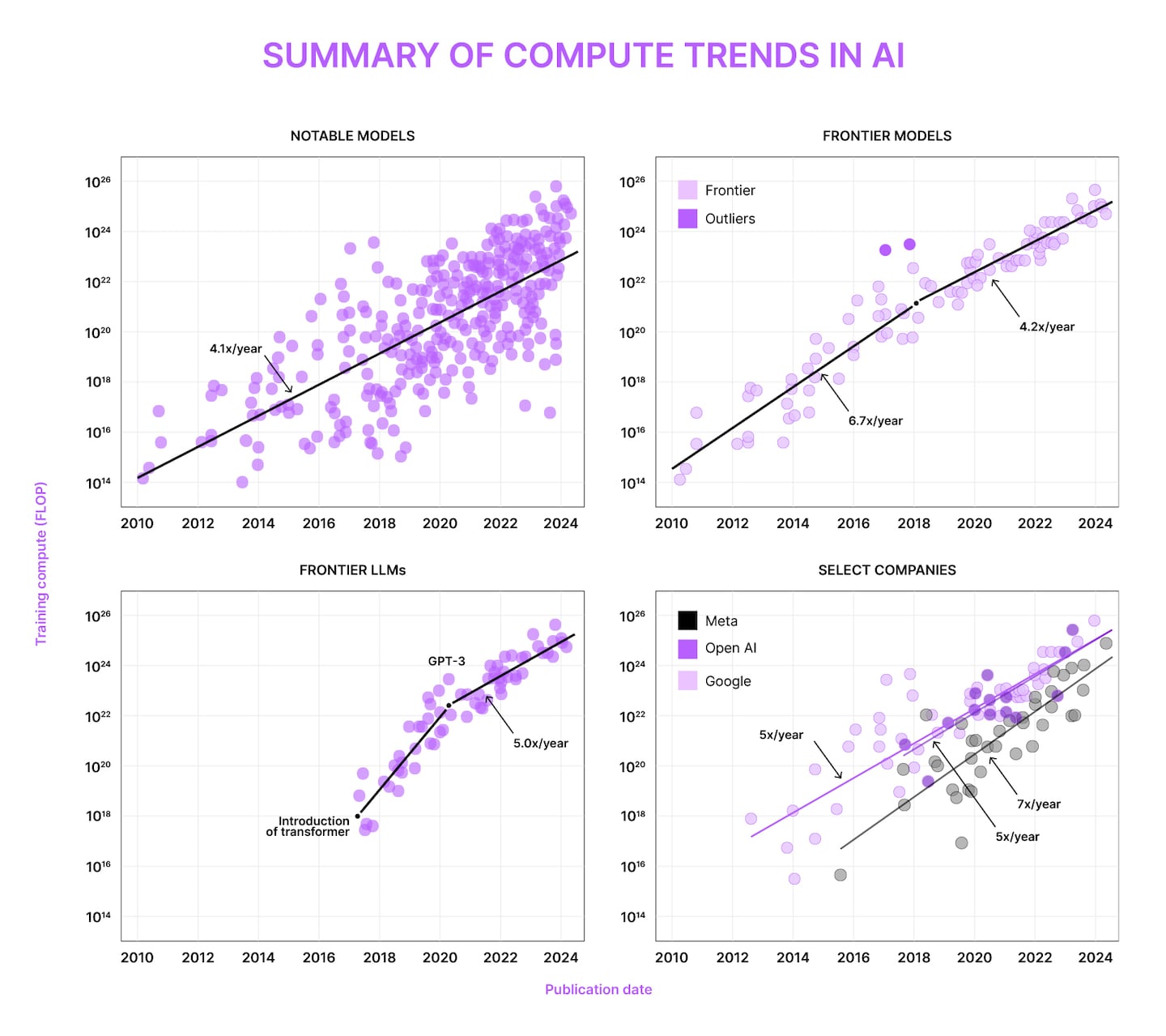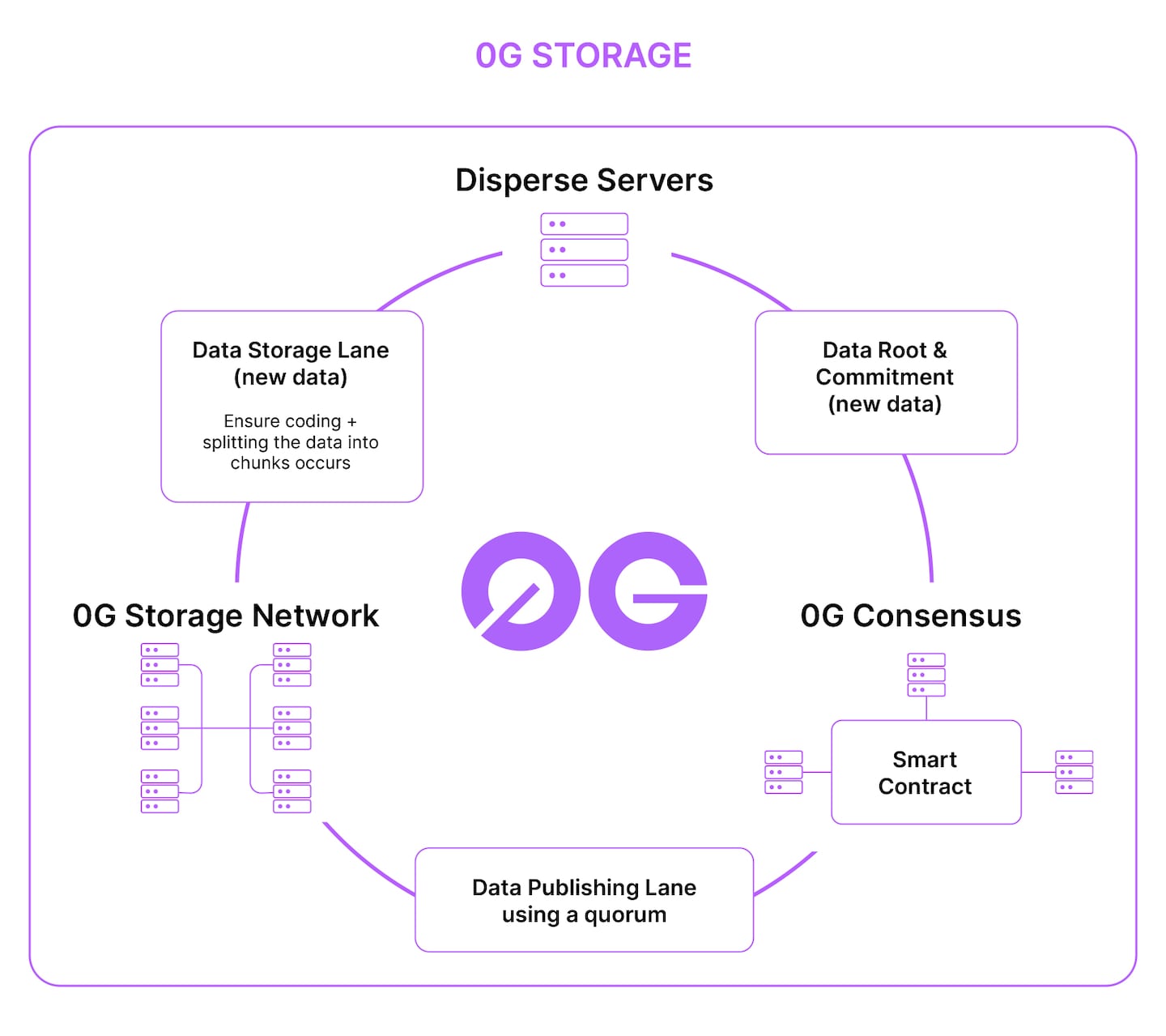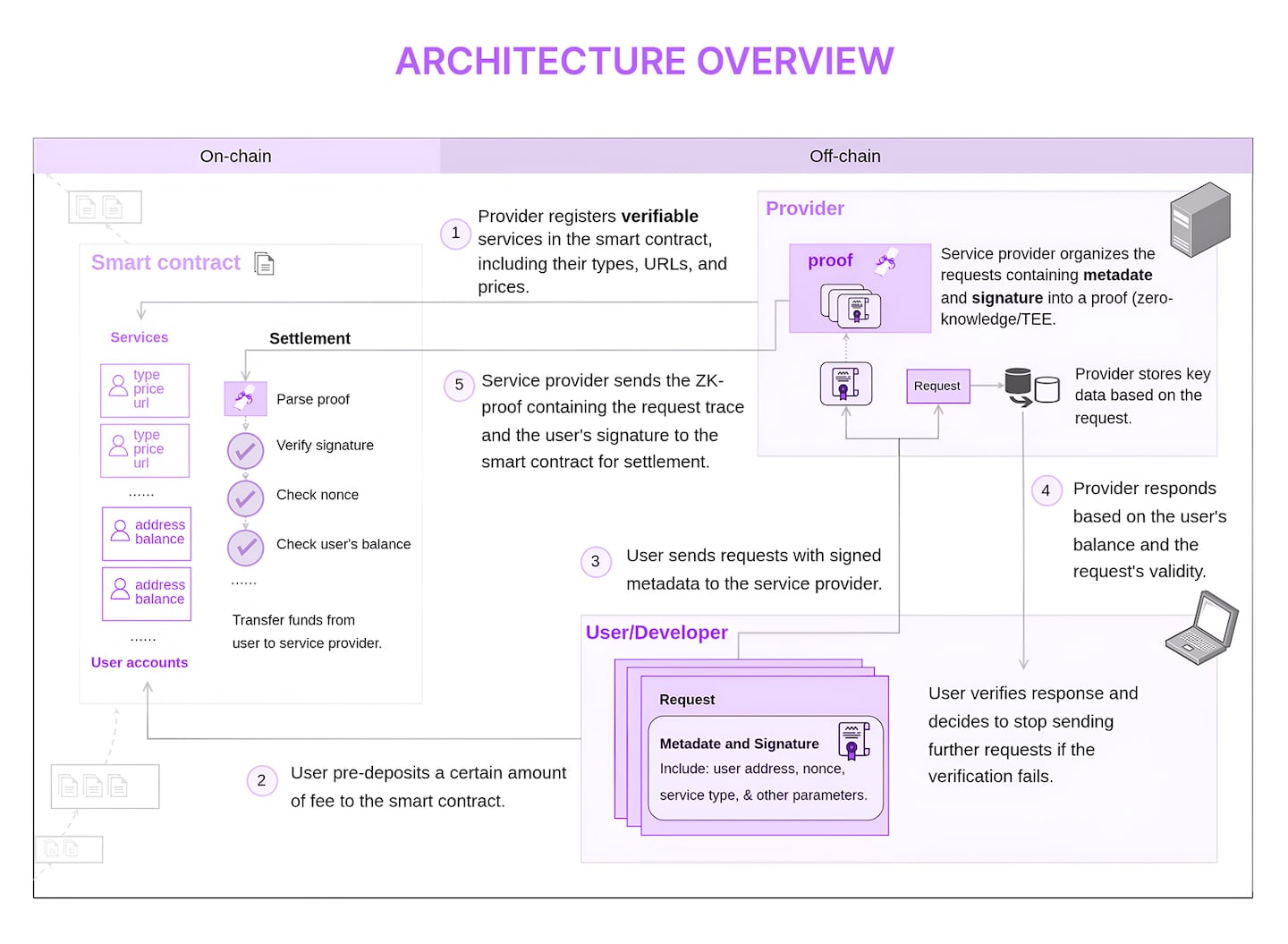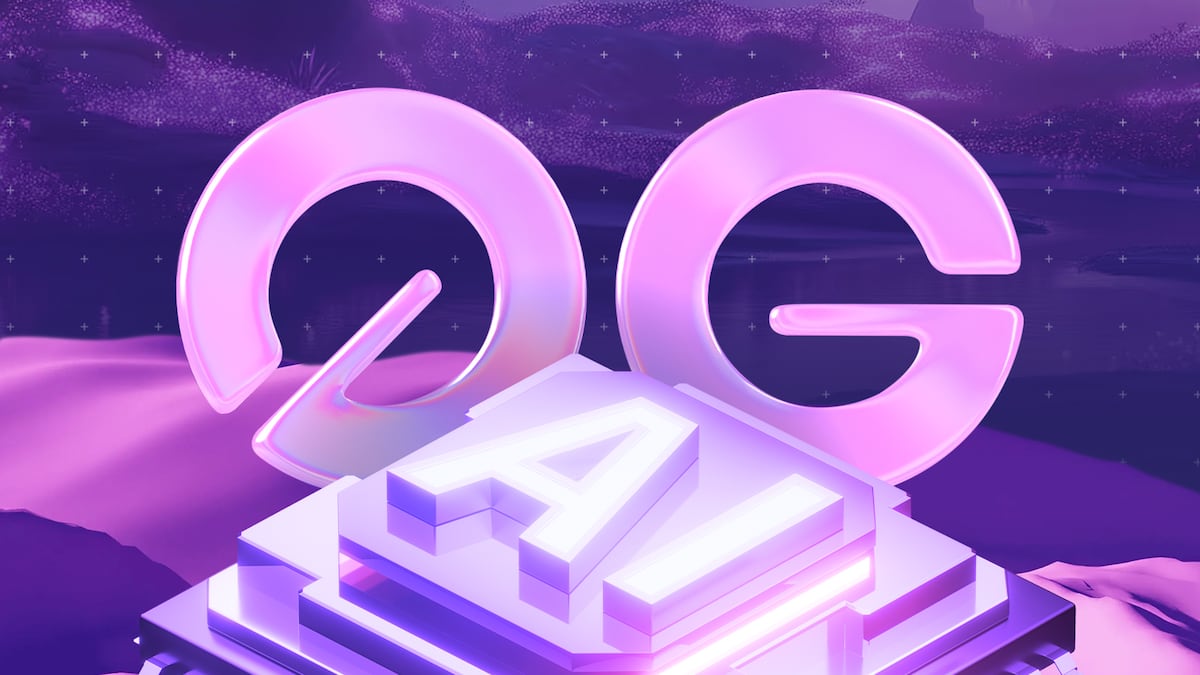Artificial intelligence is quickly becoming a foundational technology of our world. But as its power grows, a deep tension has emerged. The most advanced AI platforms are centralised, closed-source systems controlled by a handful of giant corporations. This focus of power creates real risks, from decisions made behind closed doors, control over data, to the looming threat of censorship.
In response to this, a movement to build a decentralised AI has taken hold, one that promises a more open and transparent future for everyone. This is the challenge 0G was created to solve. It provides something the space has desperately needed: a dedicated operating system for AI. It is a new kind of infrastructure that weaves storage, data, and computation into a single, seamless system.
The Fragmented Stack Problem
So far, building decentralised AI has been challenging because of a major infrastructure problem, where projects have had to assemble their technology from different, separate services. They might use one network for storage, another to ensure data availability, and a third for offchain computation.
This patchwork approach creates crippling complexity and kills performance. It is the core reason the decentralised world has struggled to compete with the smooth, multifunctional experience of centralised platforms. It’s akin to developers trying to build a skyscraper with a random assortment of nuts and bolts.

A Unified Infrastructure Layer
A typical computer operating system manages the hardware of a computer, such as the processor, memory, and storage. It simplifies these resources into a set of tools that developers can use to create applications. 0G applies this same concept to decentralised AI by offering a single infrastructure layer where all components are designed to work together seamlessly, thereby eliminating the integration nightmares that have slowed down the ecosystem.
Unlike regular blockchains that were modified to work for AI, each part of the 0G system has been explicitly designed to meet its unique needs. Every piece, from data storage to calculation verification, is built for the high speed, low delay, and verifiable truth that AI applications need.
This comprehensive design allows developers to build confidently because they trust they have a dependable and solid foundation to work with.
Verifiability as a Built-In Feature
In a centralised AI setup, you’re expected to just trust the system. There’s no way for an average user to independently verify whether a model was trained on a specific dataset or if its results were altered. Decentralised AI aims to replace blind trust with cryptographic proof, and 0G enables this by integrating verifiability into every aspect of its system.
Verifiable Storage: Many decentralised storage systems pay providers based on the amount of space they offer, which is not suitable for AI because it needs fast access to data. 0G’s storage layer introduces a new concept called Proof of Random Access, a system that rewards providers according to how quickly data can be retrieved and used. This guarantees storage that is not only large but also fast and efficient, creating a market for quick, reliable storage that’s perfect for training AI models and deploying them in real time.
Verifiable Data Availability: To trust an AI model, you must be able to prove its training data can be accessed and has not been changed. 0G’s data availability layer uses a mix of quorum sampling and verifiable randomness that lets anyone confirm that a set of data is available across the network. This provides a strong promise of data correctness, which is key for building AI systems you can depend on.
Verifiable Computation: The final step involves verifying the computing work itself. 0G ensures that the results of any calculation, such as a training session or a simple query, are recorded only after they have been proven correct using cryptography. This is achieved through advanced methods, such as secure enclaves or zero-knowledge proofs, which create tamper-proof records of all computer work.

What This Architecture Enables
By integrating all these verifiable components into a single system, 0G unlocks a new realm of possibilities for developers. For the first time, they can create advanced AI applications on a fully decentralised platform without worrying about the underlying complex infrastructure. This enables:
Unified Data Pipelines: Developers can train models on large datasets and run live applications from the same system, with transparent proof of where the data originated. This removes the need to transfer data between different services, thereby simplifying the development process.
Real Time Agent Memory: AI agents and applications can instantly store and retrieve information from a shared memory layer, eliminating the need for separate, centralised databases and enabling smarter, more complex AI behaviours.
Automated Economic Coordination: The entire system can be programmed using smart contracts. This enables automatic payments for storage, computing, and data availability, fostering an economy that operates independently.

Why This Matters for the Future of AI
The launch of 0G marks a significant milestone in the development of decentralised AI. By providing a unified, verifiable, and high-performance infrastructure layer, it addresses the fragmentation issue that has long constrained the ecosystem.
The integrated system makes development easier and gives developers a reliable performance benchmark, which will speed up innovation. The verifiability at every step also offers a level of transparency and control we haven’t seen before, letting users and institutions actually trust the AI they rely on.
More importantly, 0G is laying the foundation for an AI infrastructure that is open and programmable. It is a system that is built on the simple principles of broad participation and decentralised governance, which puts control in the hands of many, not a select few, creating a future that is both participatory and fair. The long-awaited operating system for decentralised AI is now a reality.
Our full report, Building the Foundation for an Open AI Economy: The Case for 0G, reveals how that performance was engineered.


